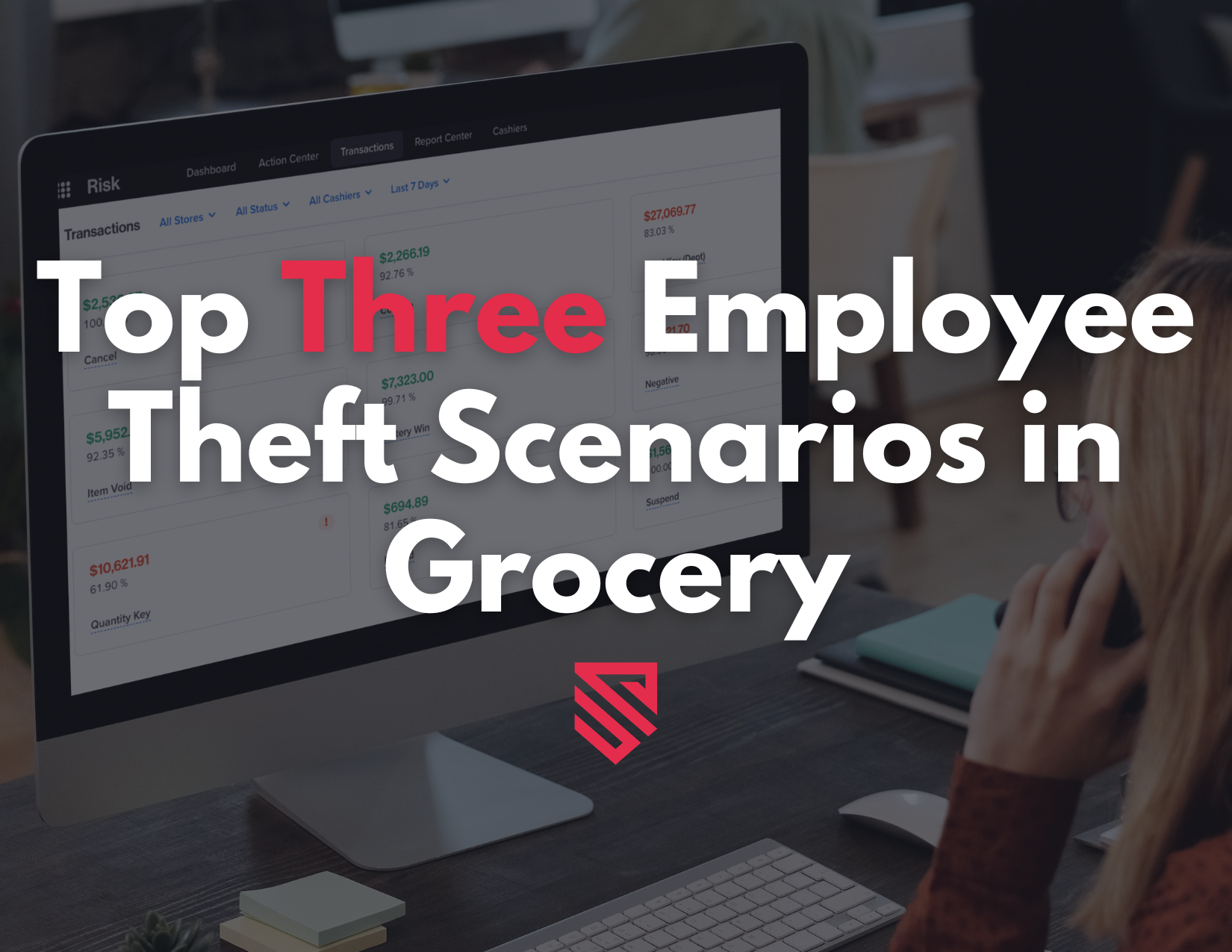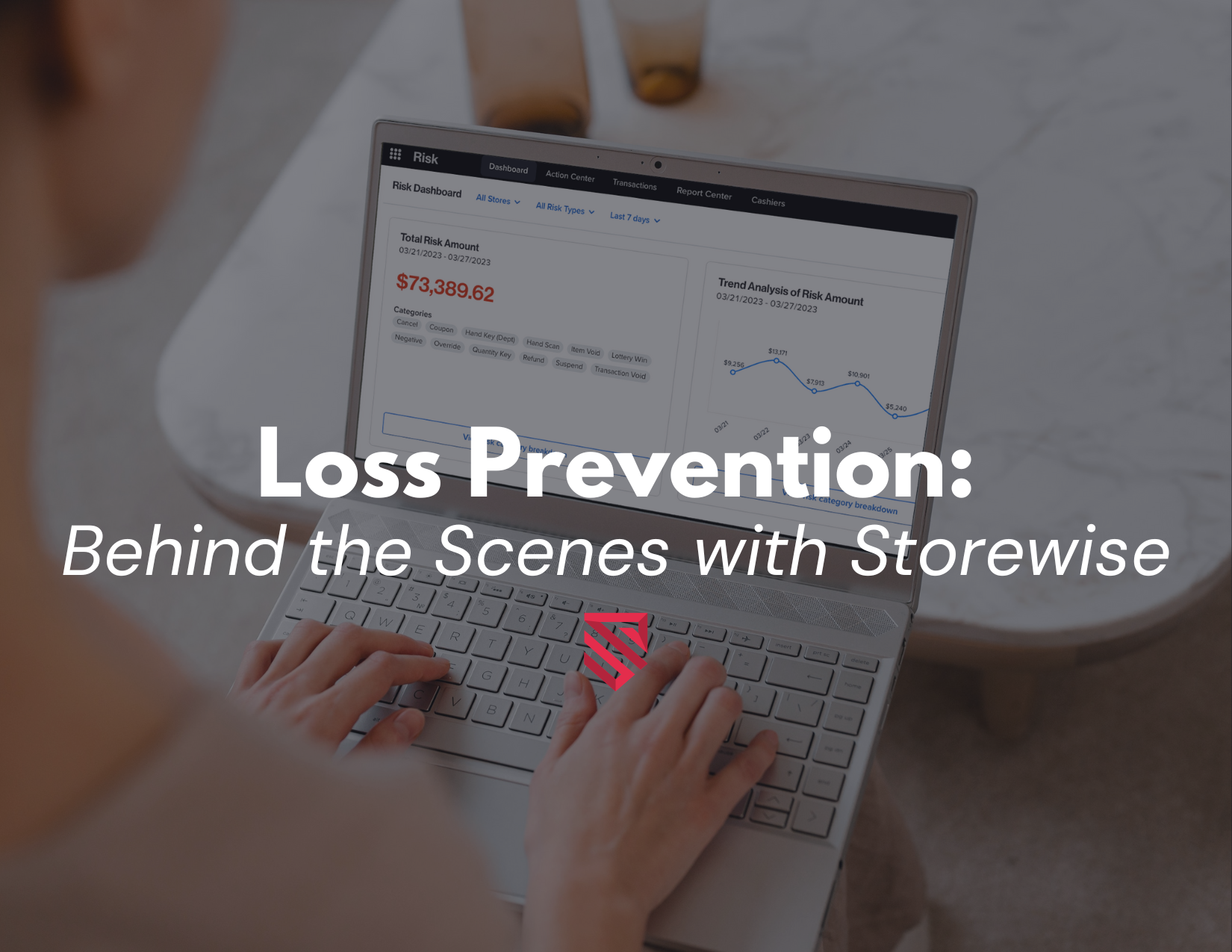Grocery store shrink has been at an all-time high, costing the retail industry around $61.7 billion in sales and accounting for a large portion of their bottom line. It’s not a good situation and the future doesn’t look so bright.
Store owners need to act. But how?
Hint: It involves more than hiring a loss prevention officer to stand at the front door to catch the bad guys. A more holistic approach is needed.
The top three ways you can reduce grocery store shrink are:
(1) Correct your receiving techniques, (2) fortify your employee training program, and (3) use risk-reduction technology to track and catch all activity in your stores.
Keep reading to find out straightforward ways to reduce your store shrink.
Reduce losses with Storewise, a grocery automation platform. Request a demo or start a free trial today. Or call 913-222-5488 to talk with a representative.
In this article:
- What is Store Shrink? What Owners Often Miss
- 3 Ways to Reduce Shrink in Grocery Stores
- What Shrink Looks Like In Different Departments (Produce, Meat, Etc.)
- Final Thoughts
What is Store Shrink? What Owners Often Miss
Store shrink is the difference between what was recorded when a product is received, put out on the floor, and then compared to the number of items sold.
If 100 containers of milk came on a truck and two weeks later sales records show only 88 were sold, there’s a problem – especially if the other 12 cannot be reconciled.
But store shrink should be thought of as more than simply loss prevention or reducing the number of shoplifters. Instead, reducing shrink involves a more holistic approach within your entire store. It includes preventing losses in injuries and accidents, human errors, inventory, fraud, pricing errors, and theft.

Only catching shoplifters isn’t enough. While catching a thief is exciting and feels like progress is being made, we should also be prioritizing the $30K truck that was at our back door. You can have ten times the loss by not looking at efficiency, accountability, tech, or your team if you’re not careful.
A holistic approach to grocery store shrink includes:
- Improper tracking of floor records and sweep logs (potential slip & fall losses)
- The lack of proper receiving techniques (counting your products)
- TPR parameters and incorrect pricing (finding human errors)
- Employee training & onboarding (unknowingly making mistakes)
- Cashier tracking & fraud (deviant behavior)
- Balancing accrual accounts (looking for inconsistencies)
- Reducing in-store theft (products being shoplifted)
Think of it like an iceberg. Store owners think of risk-reduction as preventing people from walking out with items, but there’s a much beefier underbelly that can be causing issues.

We’ve worked with over 400 grocery stores and the majority of shrink typically comes from an operational risk vs. products leaving the store by theft.
To solve your risk problems, you have to look at your store with a bigger lens to identify what’s happening under the surface.
3 Ways to Reduce Shrink in Grocery Stores
The top three ways we’ve found to reduce grocery store shrink are to (1) correct your receiving techniques, (2) fortify your employee training methods, and (3) use risk-reduction technology to track all activity in your stores.
1. Correct Your Receiving Techniques
Sometimes your receiving process is not as accurate as it should be. Human errors often happen frequently in this department and as a result, store shrink will go up.
The biggest issue we see in this area is when grocery stores don’t count their products correctly or include the correct pricing. This could cause inconsistencies within your sales reports and lose you money if the product comes in with errors.
To help with this issue, there are a couple of things we recommend doing:
- Open all product cases when counting to ensure it aligns with the amount the distributor gave
- Ensure price changes from vendors are input correctly into the back door receiving system
- Work any exceptions discovered between vendor cost and our system cost. Also ensure correct cost is in the system
2. Fortify Your Employee Training
Hiring quality employees is tough, especially since the pandemic caused a labor shortage.
But what’s even tougher is bouncing back from major losses from employees’ actions and behaviors from a lack of proper training, whether it be intentional or not.
One employee has the power to save you thousands of dollars or lose you thousands. And in extreme cases, they have the potential to do some extreme damage to your bottom line.
A 19-year-old employee was accused of stealing nearly $1M from a Gwinnett County Kroger, according to a news report. Yikes.
“Sweethearting” is also a big issue for grocery stores. This happens when an employee chooses to not charge family members for certain items. And without accountability or tracking, a store owner will never know.
To resolve common loss issues with employees, make sure they are trained in the areas of:
- Voids
- Returns
- Fraud precautions
- Entering product codes
- How to spot a thief
- When to call a manager
- How employee activity is tracked
Take just a little more time in your onboarding process to reveal the ways management is tracking and cracking down on any behaviors that are related to a loss for your store.
3. Use Risk-Reduction Technology
If you use technology in your grocery store, it won’t be as if robots are taking over or preventing you from hiring quality people in your community.
Instead, technology and software should be viewed as a competitive advantage for your store. Big-box retailers like Walmart, Kroger, and Target all use technology to protect and boost profits. And now you can, too.
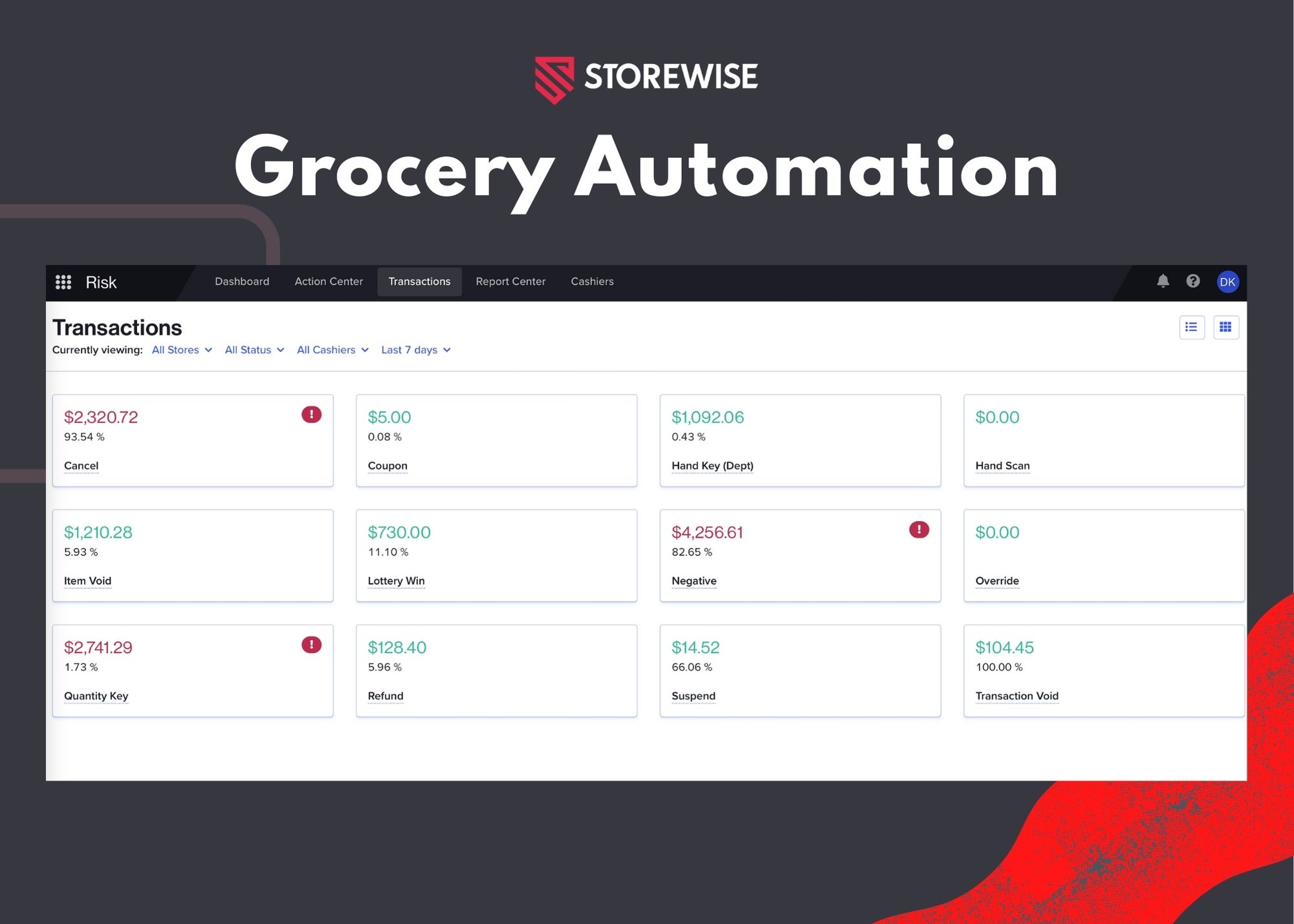
With the Storewise Platform, independent grocers now use powerful technology to prevent losses and improve their bottom line. Think of it as a watchdog that will track your entire store and alert you of any inconsistencies.
Grocery Automation & Risk-Reduction:
Grocery Automation Software helps boost and protect a store’s profits. But as it relates to loss prevention, it can track all outbound sales at your POS and employee activities like voids, product codes, hand keys, and price changes.
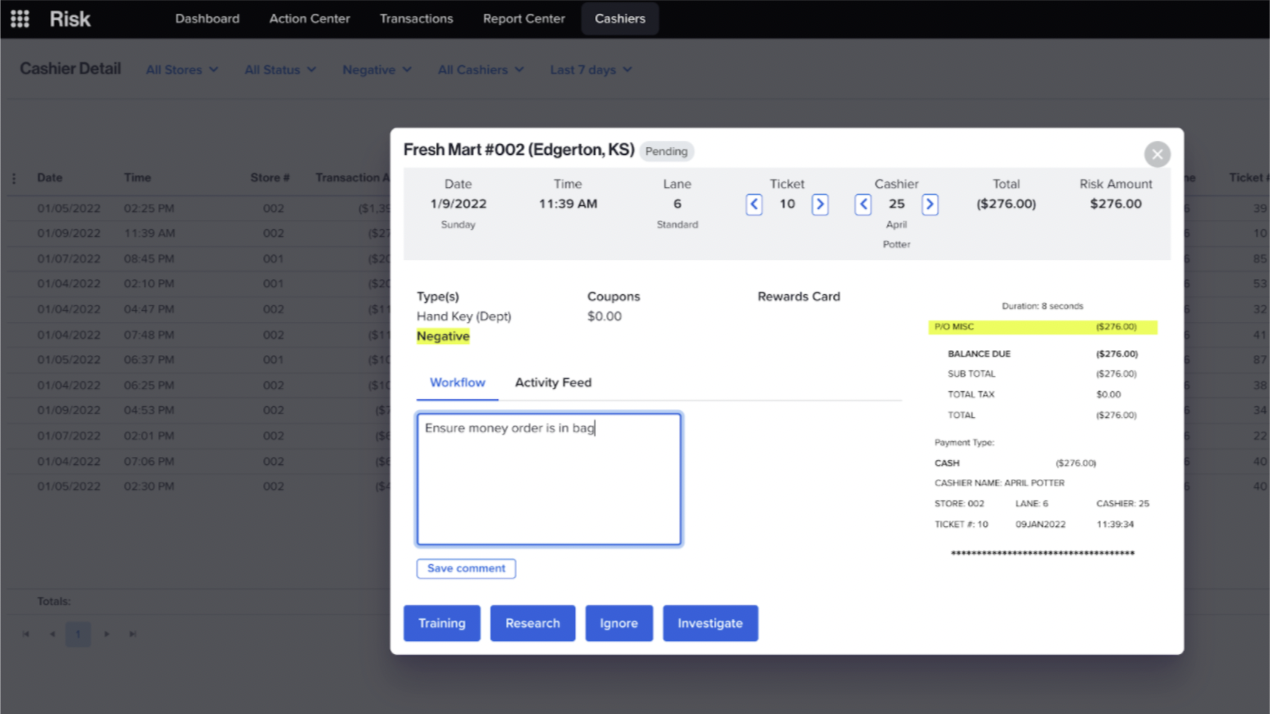
This feature allows your store management or loss prevention team to review specific receipts flagged due to anomalies. You can add a comment and select either training, research, ignore or investigate to make sure the ticket is reviewed.
Independent grocers see increases in their margins when they invest in grocery automation technology. Most grocers even see immediate results within 60 days after implementation.
To see grocery automation software in action, click here.
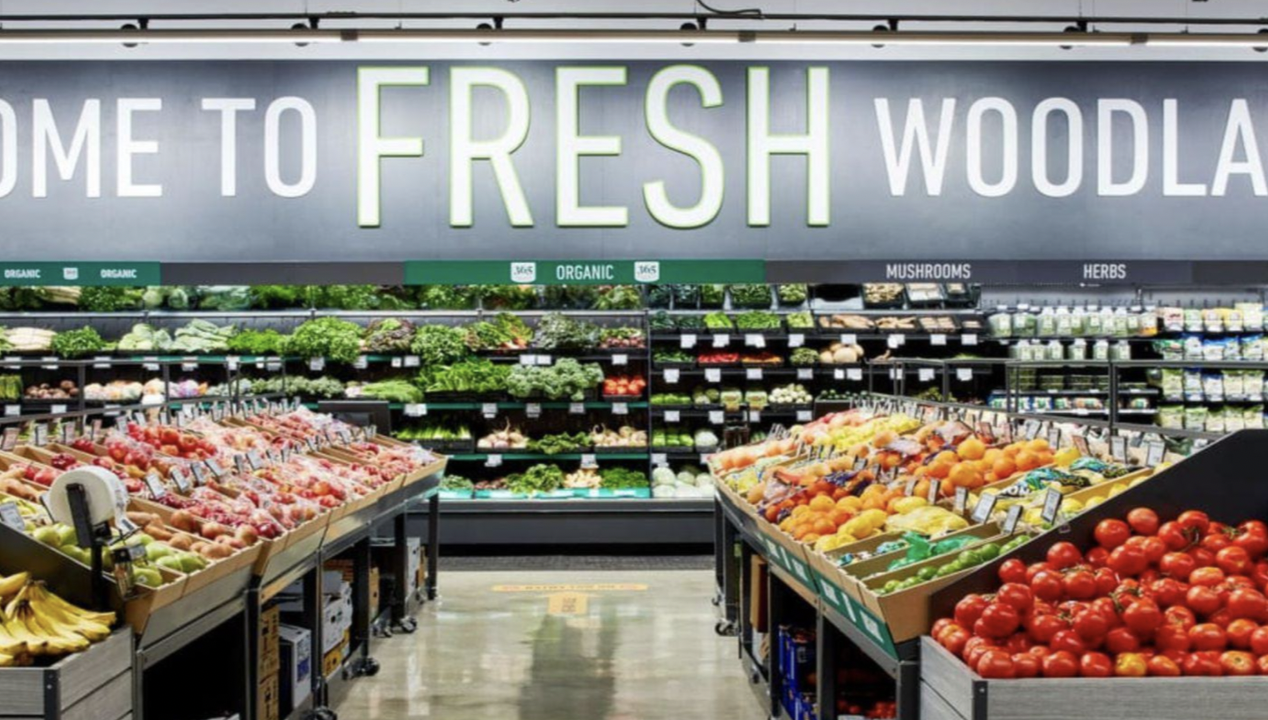
What Shrink Looks Like In Different Departments (Produce, Meat, Etc.)
The research available to us shows that the biggest contributors to shrink in stores include:
- Perishables like meat (18%), deli (14%), and fresh produce (16%)
- Non-perishables like grocery (14%) and general merchandise (8%)
Other perishables also need some attention when trying to reduce shrink.
A bakery’s contribution to shrink is 6%, and it has a department shrink of 8%. To compare, the department shrink of meat is 4.1%, while it is 7.8% for the deli.
Overall, there is more of a loss in the bakery department than any other food department.
It’s likely that food isn’t well kept, or the grocery stores are ordering/making more perishables than they need.
This indicates a problem with knowing who the customers are and what they need. Stores need to figure out a way to foresee their desires to ensure shrink is minimized and food doesn’t go to waste.
Final Thoughts
Grocery store shrink is a big deal. And store owners should take a holistic approach to understand how to protect themselves. After all, just one employee can cause millions in losses.
For small independent grocers, loss prevention is a big issue. And with the Storewise Platform, we can help you run risk-management initiatives without the need to hire an employee. Everything an independent grocer needs to prevent losses and reduce risk is right inside our platform.
It’s your job to get to the root of the problem by staying vigilant and changing things accordingly. Call our team at 913-222-5488 to talk with a representative about how we can help with reducing your risk. Or request a demo of our software by clicking here.
We love working with grocery stores and independent grocers.


